Katholiek Apostolische Kerk
Rotterdam, NL
Modest church with an interesting neo-Gothic facade.
Here you can search for a building to visit. You can use the map find destinations, or you can use the filters to search for a building based upon what different criteria.
Rotterdam, NL
Modest church with an interesting neo-Gothic facade.
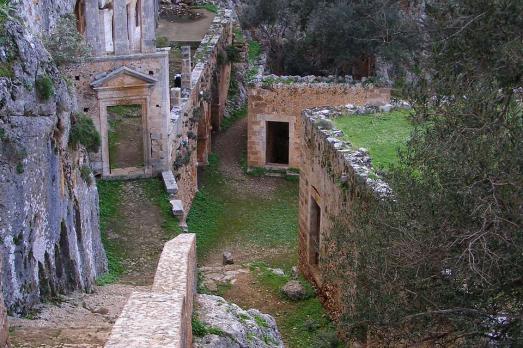
Chania, GR
The Katholiko monastery is a place of worship built in the 1600s around the cave of St. John the Hermit. This would have been the second cave the saint inhabited after word of his presence in the cave of Marathokefala, where he initially settled, put an end to the tranquillity he sought.
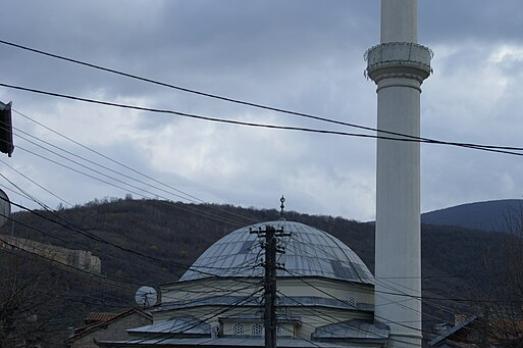
Prizren, RS
Katip Sinan Mosque, also known as Katip Çelebi, is a late 16th-century mosque in Prizren.
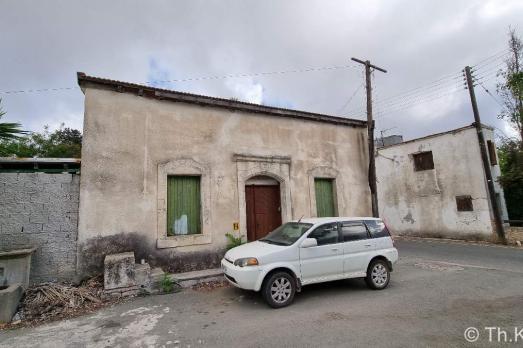
Kato Arodes, CY
The mosque is located in the centre of the old village.

Anatoli, GR
The church of Virgin Mary and Saint Nicholas in Anatoli has two naves. The south nave is dedicated to the Virgin Mary and is the oldest.
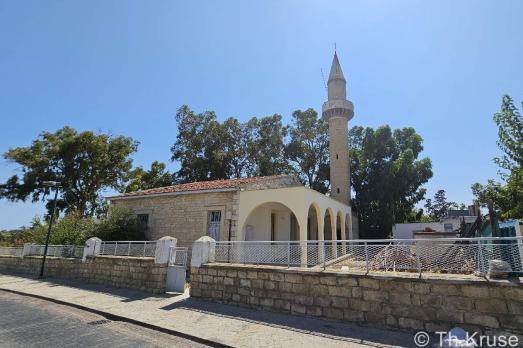
Kato Polemidia, CY
The mosque of Kato Polemidia is located in the central southern area of the old village centre. It is likely that a mosque must have already stood at the present site in Ottoman times.

Kato Zodeia, CY
The church with the ekklesionym Agios Georgios Xalanon is located outside the village in northern direction. Since 1983 it is used as an theater.
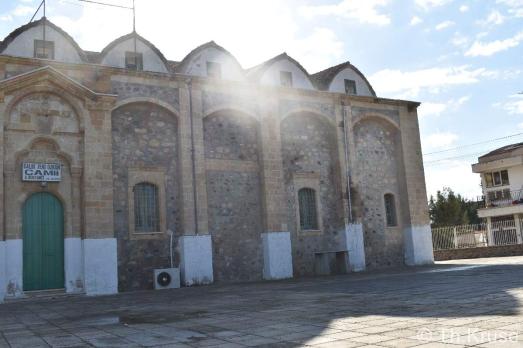
Kato Zodeia, CY
The church with the ekklesionym Timios Stavros is situated in the centre of the original village. Kassinis reports that the church was opened in 1914 by Bishop Cyril II of Kyrenia. According to a sign above the entrance, the church was converted into an Islamic place of worship called "Salih Zeki Özkan Mosque" on 14 December 1979.

Katokopia, CY
According to information from Hadjichristodoulou et al, the construction of the new church began in 1969 and was completed in December 1973. Due to the events of the summer of 1974, it only served as the new parish church in the village for a short time and had not even been officially inaugurated. After 1974, this new building was converted into a mosque and renamed "Zümrütköy Camii".

Katokopia, CY
The old Panagia Chryseleousa Church is situated only 200m from the new church in a north-easterly direction. According to Hadjichristodoulou et al, the oldest remaining parts of the building were erected in the 15-16 century. The largest part visible today dates from repair and reconstruction work in 1818. In 1904, extensive renovation work was carried out and the church was extended towards the west.The bell tower dates from 1910. The enclosure of the area by means of a wall with fence elements was done in 1951. On the day of the survey, the church was locked.

new
The Chassidic Route is a cultural and historical trail tracing the rich legacy of Jewish communities in southeastern Poland and western Ukraine. This region was central to the rise of Chassidism in the 18th century. Here, we highlight 10 remarkable synagogues you’ll discover along this route.

he cradle of the Industrial Revolution in Germany, Chemnitz, is well-known for its industrial heritage landscape, but the city is also home to remarkable examples of religious architecture from different historical periods. Join us as we explore the key landmarks of this European Capital of Culture 2025.

The twin towns of Nova Gorica (Slovenia) and Gorizia (Italy), lying on the border between the two countries, have a rich religious heritage, steeped in centuries of tradition. If you are looking for ideas for your visit, take note of these 10 religious sites that you should not miss.